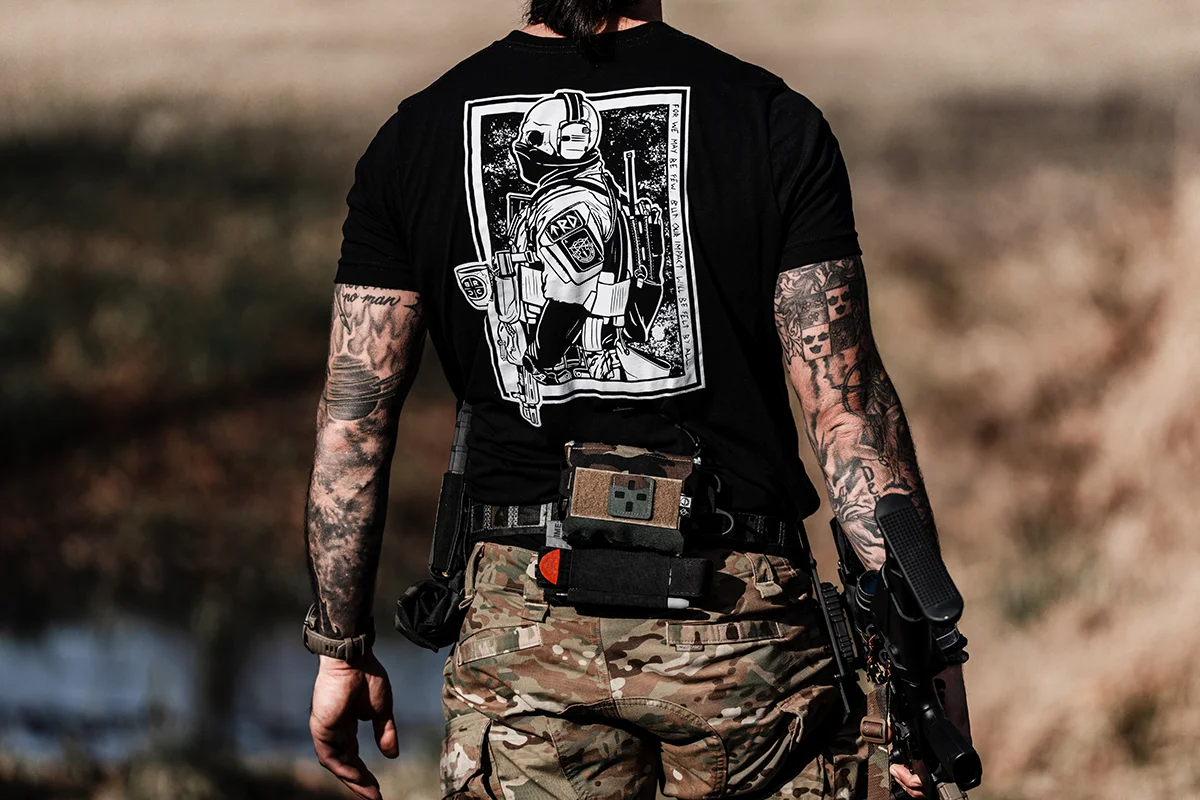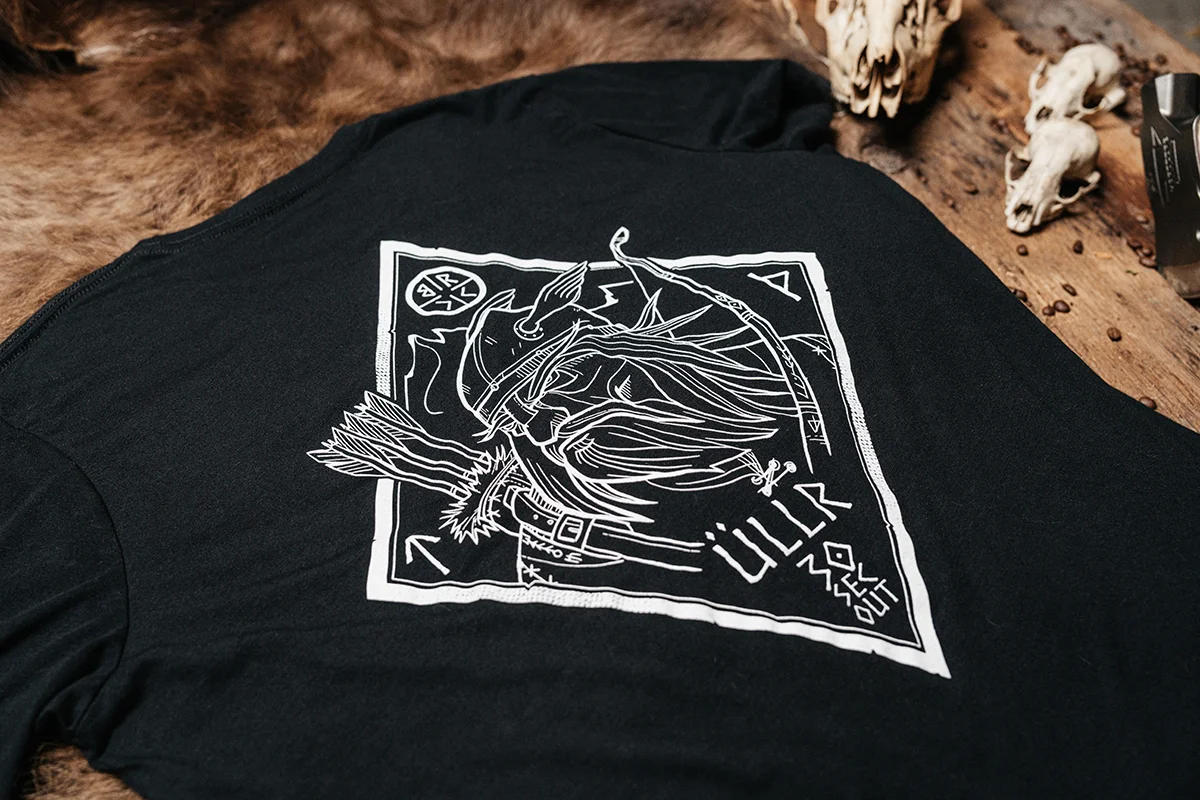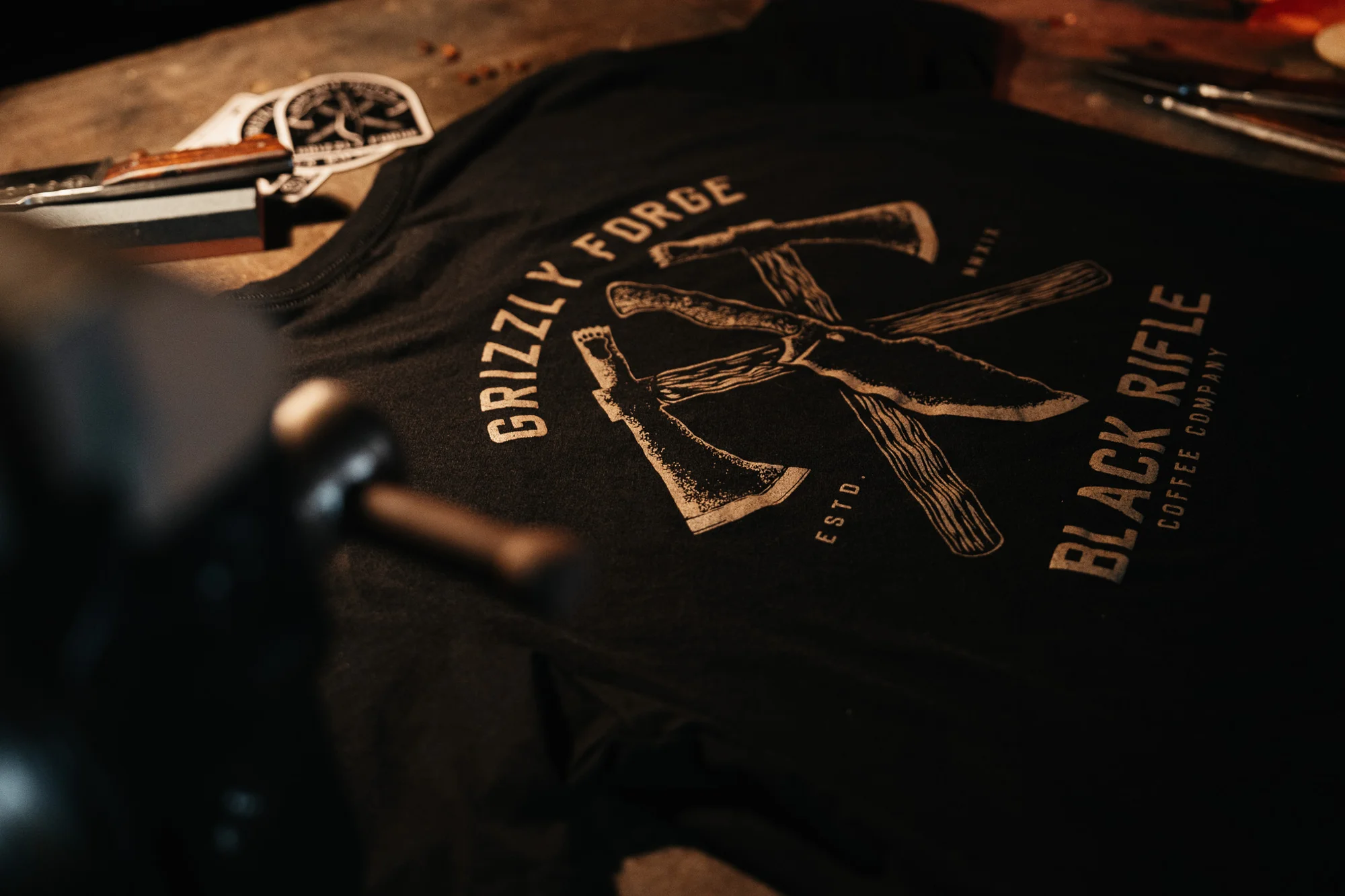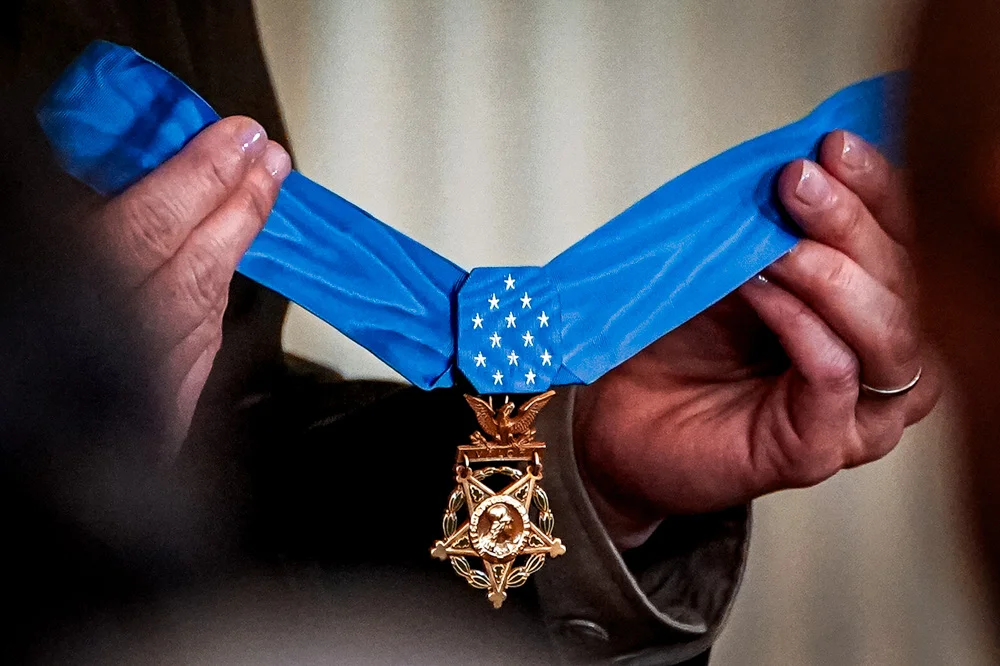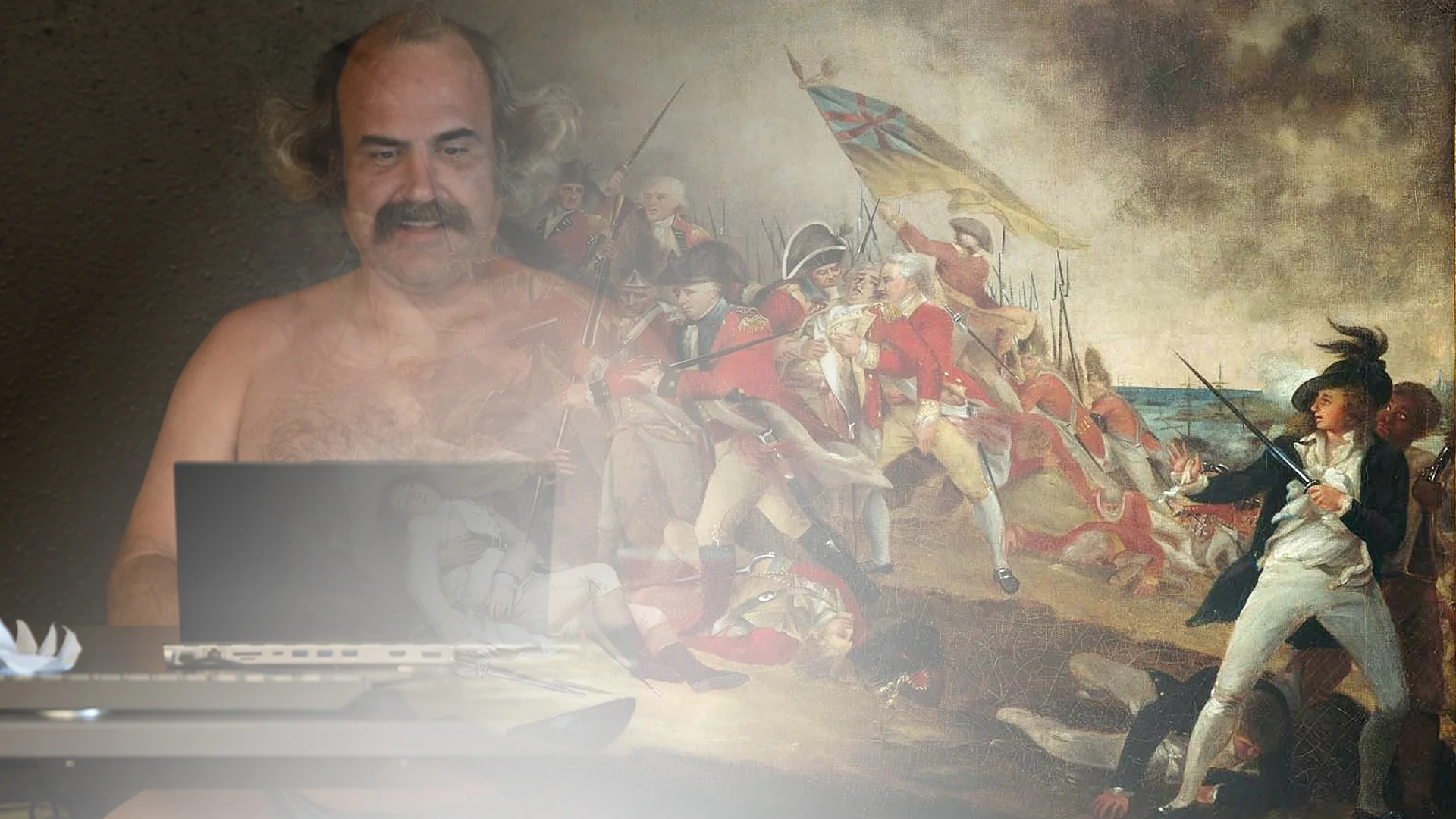‘We Could Blow Up a US Ship’ and Other Wild Pretexts America Proposed for War With Cuba
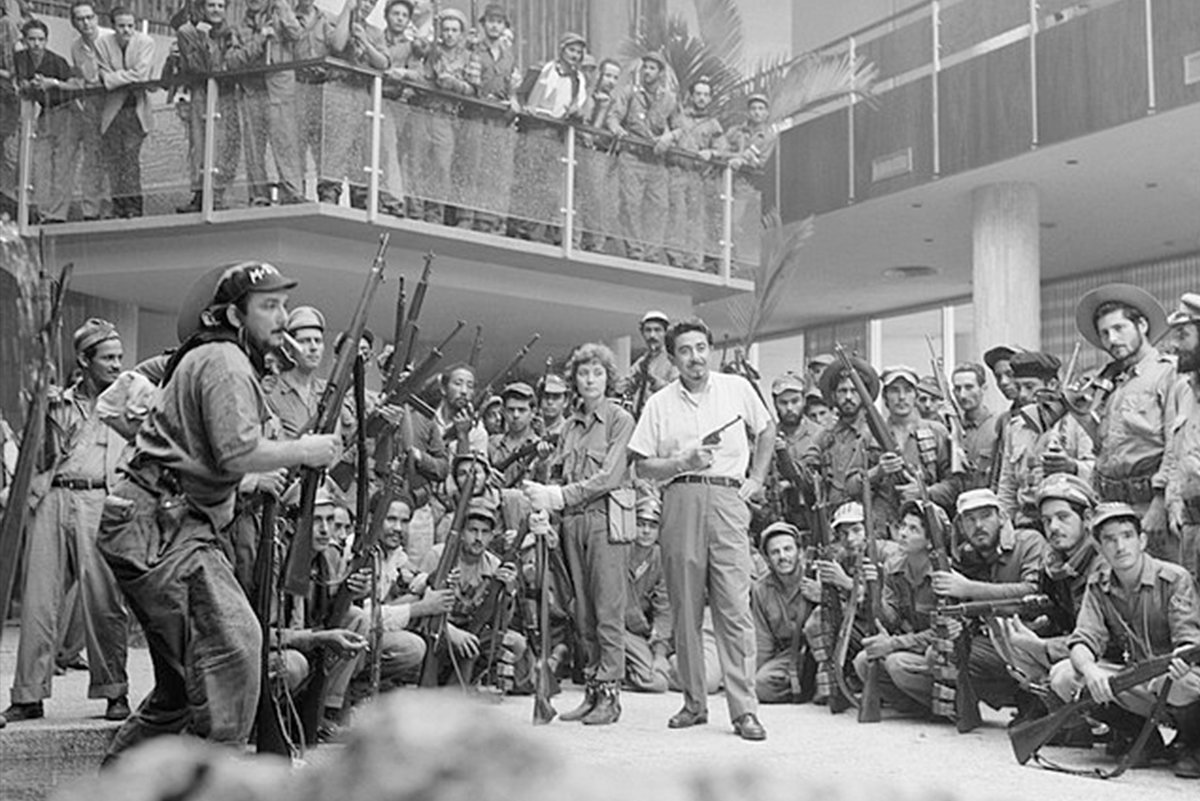
Hostiles in the Havana Hilton. Revolutionaries are seen here with weapons during the Cuban Revolution in 1959. Photo from Lester Cole/Corbis, courtesy of Wikimedia Commons.
The CIA has never been short of harebrained operations and wacky ideas. In the 1960s, some of the missions and gadgets sounded like something Acme Corporation would create. Operation Mongoose — an attempt to remove Fidel Castro by killing or deposing him — featured ideas such as exploding seashells, dosing him with an LSD-like hallucinogen, putting thallium in his shoes so his hair would fall out and make him unappealing to look at, and bacteria-poisoned cigars.
With schemes that included asking an old flame to kill him — which she couldn’t go through with because she fell back in love with him — it sounds as if someone watched too many telenovelas.
The CIA’s schemes only got more absurd over the decade. Operation Acoustic Kitty — precisely what it sounds like — was scrapped when the poor cat the CIA rigged with a listening device was hit by a car before it could pick up any quality recording.
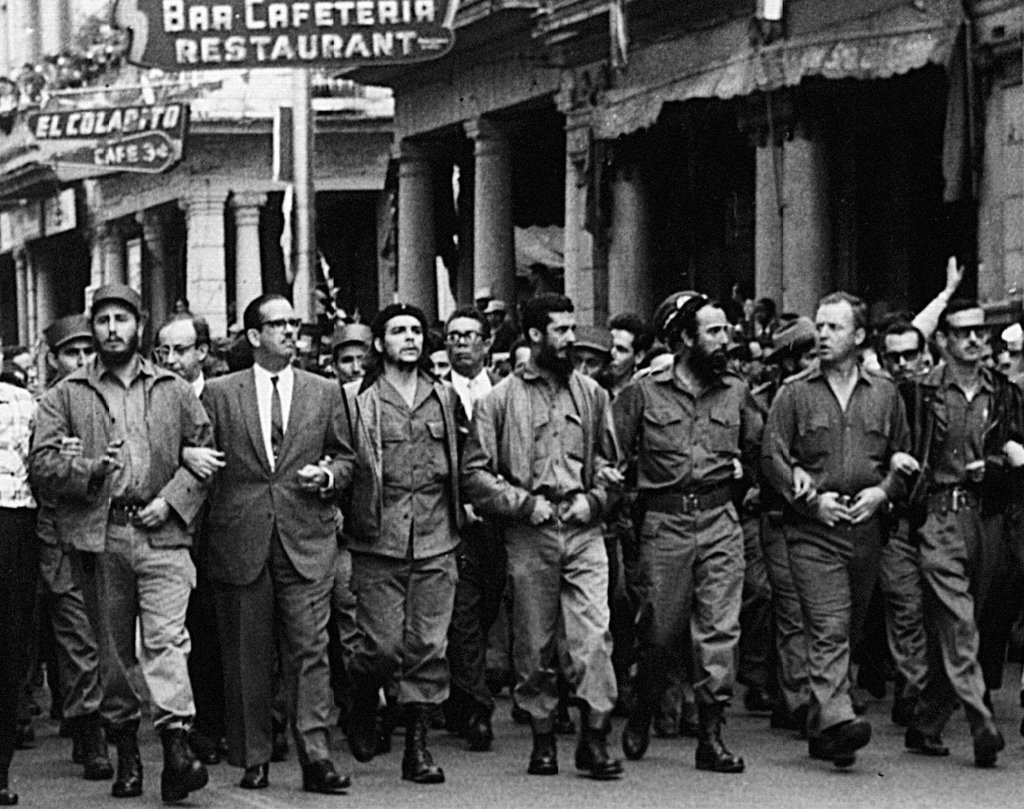
Operation Northwoods had all the hallmarks of the CIA’s usual whimsy, but it was of a darker kind than the others. America would be attacking itself to gain public approval for war with Cuba. Coming off the heels of World War II and the Korean War, America was reluctant to jump back into combat.
But a communist threat was growing right in America’s backyard, and it could lob bombs over the fence as easily as it could a Frisbee or a nuclear football. America needed a plan to stop the evils of communism, and instead of the CIA, this time the Joint Chiefs of Staff were there to provide it.
In a memorandum from March 13, 1962, the JCS wrote, “Such a plan would enable a logical build-up of incidents to be combined with other seemingly unrelated events to camouflage the ultimate objective and create the necessary impression of Cuban rashness and irresponsibility on a large scale, directed at other countries as well as the United States.”
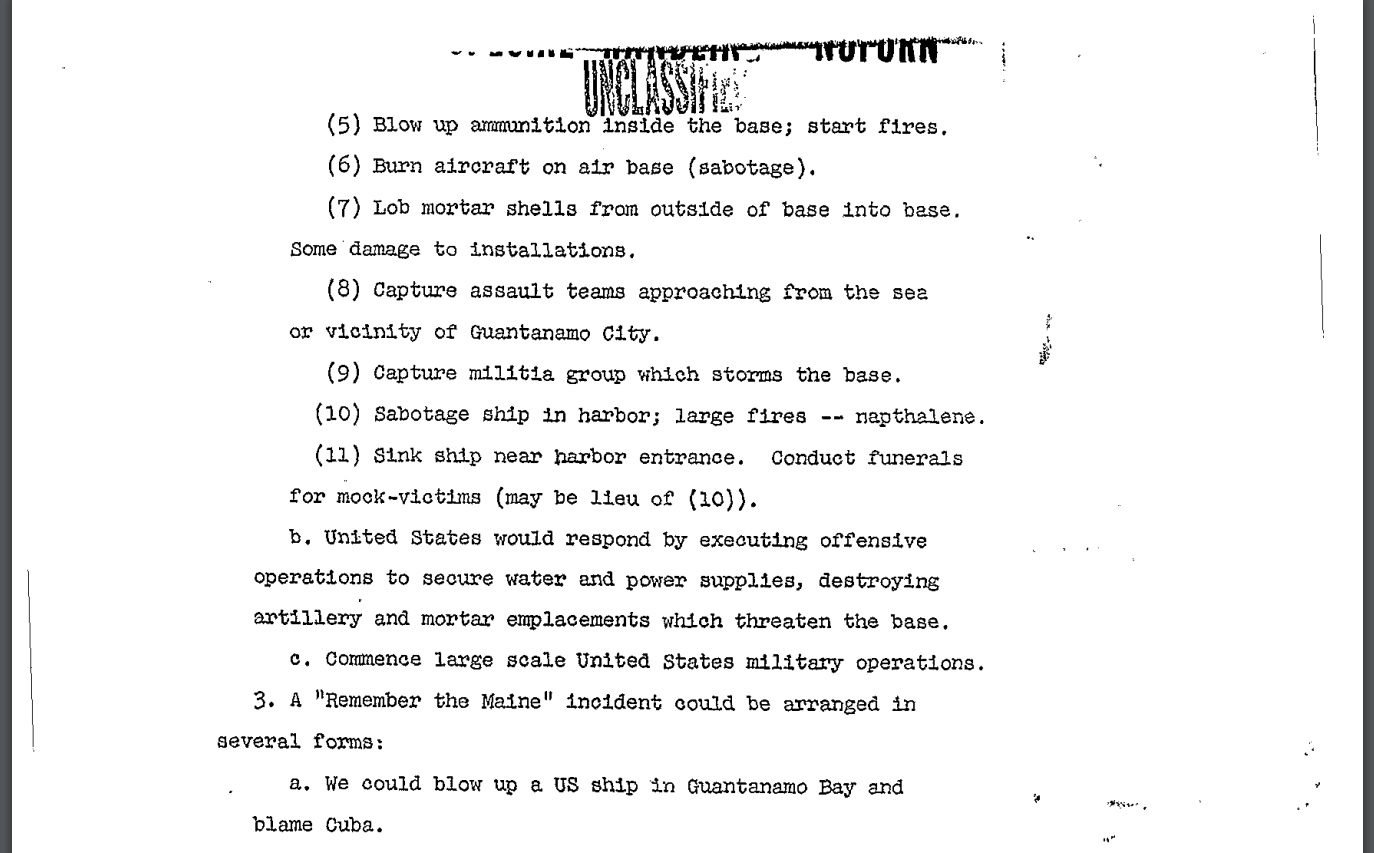
The document continues, outlining the “well coordinated incidents” that “Cuba” would be conducting, and the ideas go from bad to outlandish. From “Start rumors (many). Use clandestine radio” to “We could blow up a US ship in Guantanamo Bay and blame Cuba,” the plans quickly become expensive and damaging.
Some suggestions implied the physical harm of refugees in Florida. “We could develop a Communist Cuban terror campaign,” the document posits. “The terror campaign could be pointed at Cuban refugees seeking haven in the United States. We could sink a boatload of Cubans enroute to Florida (real or simulated).”
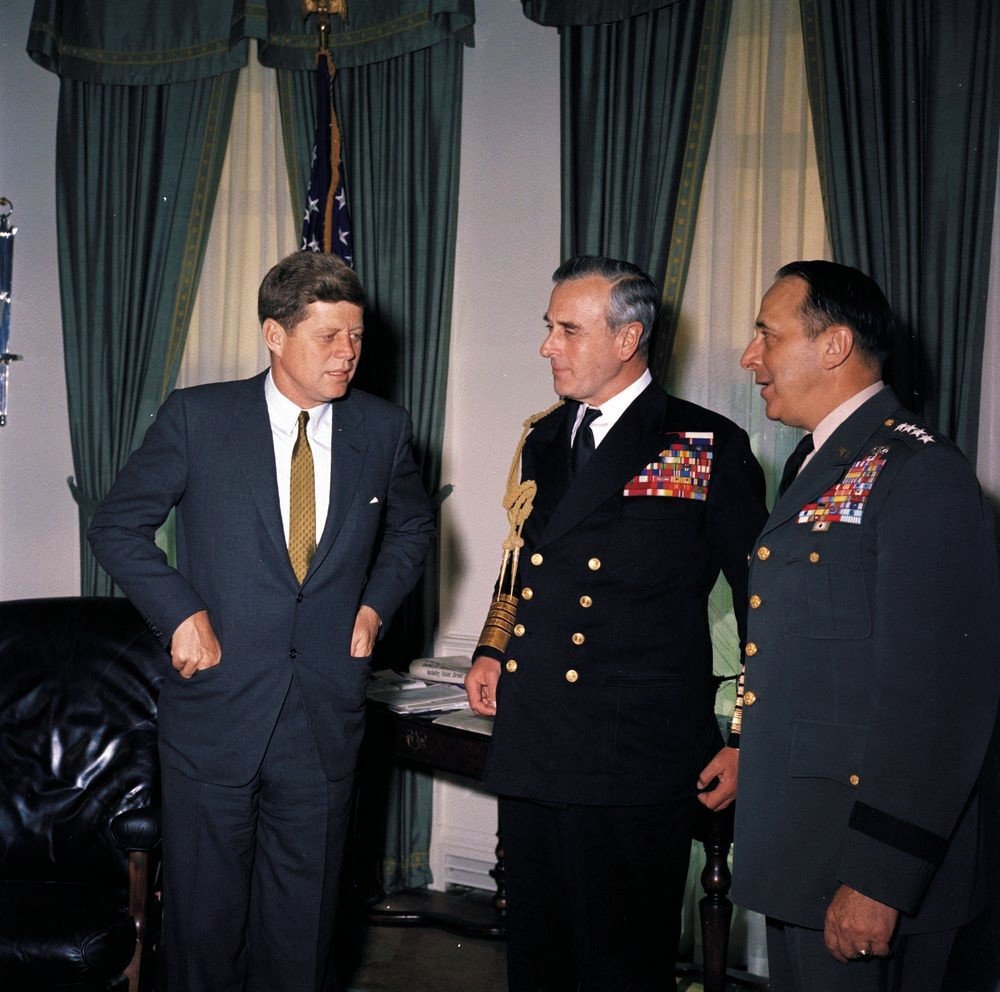
The JCS suggested randomly placing bombs around Miami. It proposed bombing our own Air Force using “MIG type aircraft.” Thankfully, the plan never got off the runway and was scrapped quickly by President John F. Kennedy. The JCS would continue to be a challenge for Kennedy throughout his presidency.
Gen. Lyman Lemnitzer, chairman of the JCS, presented the proposal to Secretary of Defense Robert McNamara — who also approved the Pentagon Papers Vietnam study of 1966 — on March 13, 1962. Kennedy rejected it three days later, straining his relationship with military leadership. Lemnitzer was not reappointed as chairman after 1962. Adding further stress, Kennedy also fended off persistent efforts by the JCS to start a nuclear war, a feat The Atlantic considers to be his “most consequential victory.”
Read Next:

Lauren Coontz is a former staff writer for Coffee or Die Magazine. Beaches are preferred, but Lauren calls the Rocky Mountains of Utah home. You can usually find her in an art museum, at an archaeology site, or checking out local nightlife like drag shows and cocktail bars (gin is key). A student of history, Lauren is an Army veteran who worked all over the world and loves to travel to see the old stuff the history books only give a sentence to. She likes medium roast coffee and sometimes, like a sinner, adds sweet cream to it.
BRCC and Bad Moon Print Press team up for an exclusive, limited-edition T-shirt design!
BRCC partners with Team Room Design for an exclusive T-shirt release!
Thirty Seconds Out has partnered with BRCC for an exclusive shirt design invoking the God of Winter.
Lucas O'Hara of Grizzly Forge has teamed up with BRCC for a badass, exclusive Shirt Club T-shirt design featuring his most popular knife and tiomahawk.
Coffee or Die sits down with one of the graphic designers behind Black Rifle Coffee's signature look and vibe.
Biden will award the Medal of Honor to a Vietnam War Army helicopter pilot who risked his life to save a reconnaissance team from almost certain death.
Ever wonder how much Jack Mandaville would f*ck sh*t up if he went back in time? The American Revolution didn't even see him coming.
A nearly 200-year-old West Point time capsule that at first appeared to yield little more than dust contains hidden treasure, the US Military Academy said.


